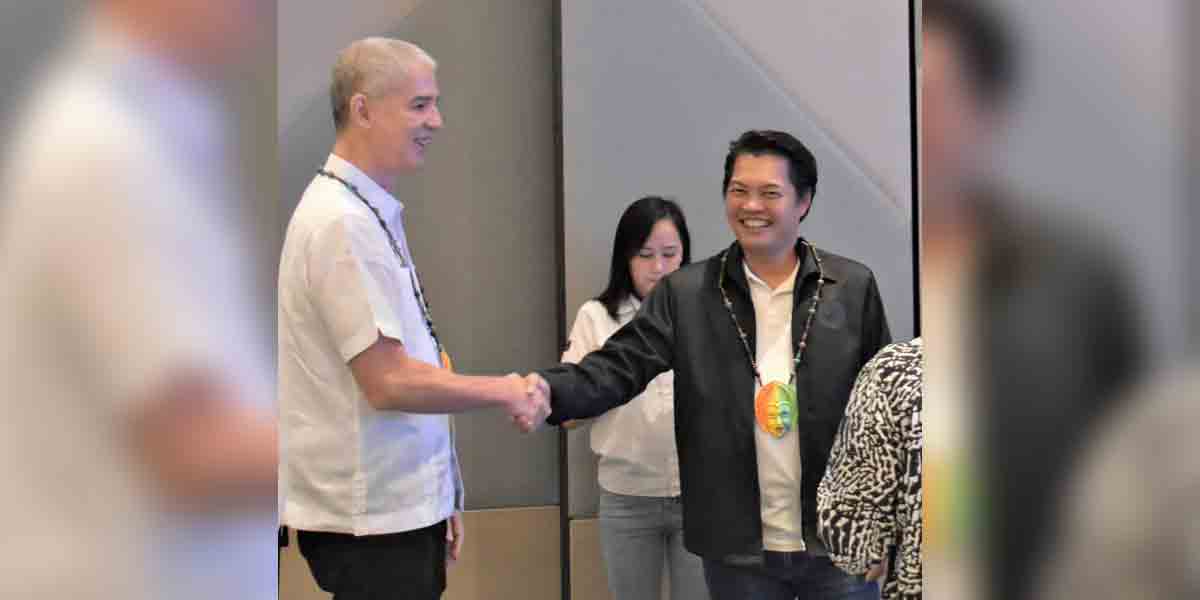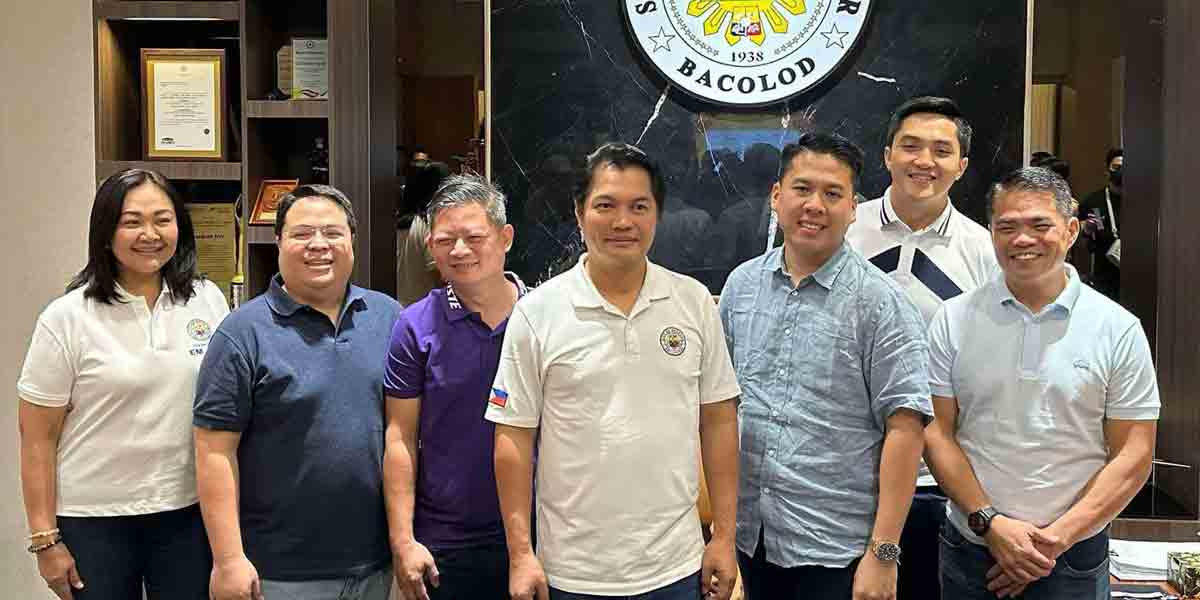By Adam Frank, Marcelo Gleiser, and Evan Thompson
The striking paradox is that science tells us both that we’re peripheral in the cosmic scheme of things and central to the reality we uncover. Unless we understand how this paradox arises and what it means, we will never be able to understand science as a human activity, and we will keep defaulting to the view that nature is something to gain mastery over.
At the heart of science lies something we do not see that makes science possible, just as the blind spot lies at the heart of our visual field and makes seeing possible. In the visual blind spot sits the optic nerve; in the scientific blind spot sits direct experience—by which anything appears, shows up, or becomes available to us. It is a precondition of observation, investigation, exploration, measurement, and justification. Things appear and become available thanks to our bodies and their feeling and perceiving capacities. Direct experience is a bodily experience. “The body is the vehicle of being in the world,” said French philosopher Maurice Merleau-Ponty, but as we will see, firsthand bodily experience lies hidden in the blind spot.
Uncovering the blind spot can help to repair this rift and the larger split between science and lived experience. But beyond uncovering the blind spot, we also need to plumb the depths of the experiences it hides.
The Fire This Time
The blind spot worldview is like the air—invisible but all around us. We’re given simple versions of it in high school science classes, and we see it as an unspoken background assumption in science documentaries. If you pursue a career in science, it often manifests like an invisible map marking your journey through introductory classes in physics, chemistry, and biology.
Although sophisticated philosophical articulations of the ideas that make up what we call the “blind spot worldview” have been made, the idea is so pervasive that it doesn’t seem like philosophy at all to most people, including most scientists. Rather, people think it’s just “what science says.”
Although the blind spot arises from and expresses a particular philosophical viewpoint, it isn’t a theory. Instead, it’s a broad perspective that encompasses many different problematic theories and ideas. These include opposed positions on various scientific and philosophical issues, so the ideas and theories it embraces don’t always have to be consistent with each other.
The blind spot worldview has a great impact as a social force that constrains people to think in certain prescribed ways about how science works, how human life fits into the biosphere of our planet Earth, and how the human mind relates to the cosmos. Furthermore, the development and deployment of science and its offspring technologies over the past four centuries have been inseparable from enhancing economic and military power, whether in capitalist or socialist countries. For these reasons, it’s important to remember that the blind spot is like the air we breathe: it’s a culturally ubiquitous mindset and not a constellation of abstruse philosophical ideas.
Life in the Blind Spot
Science has made extraordinary progress in understanding the molecular basis of life through the discoveries of DNA, RNA, and protein synthesis. Much of that progress has been based on applying the method of microreduction (analyzing a whole in terms of the properties of its parts).
As a result, the blind spot perspective on life leans heavily on the metaphysics of reductionism (the idea that the properties of complex systems are determined exclusively by the properties of their parts). For reductionist metaphysics, life is nothing more than molecular machinery. This way of thinking is a case of surreptitious substitution, replacing a sometimes useful method with metaphysics.
Life-as-machine metaphysics, however, is deeply flawed. The machine metaphor works only for parts abstracted from their context but not for self-producing and self-sustaining wholes. Organisms, as organized whole systems, produce themselves, repair themselves, and generally maintain themselves. “Biological autonomy” is the name for this kind of systemic organization.
A living system constantly constructs itself, thereby making itself distinct from its environment while altering it in ways that are conducive to its continuation. In other words, a living system possesses autonomy and agency: it produces, maintains, and regenerates the parts and processes that constitute its functioning as an integrated, self-governing whole (autonomy) while also promoting environmental conditions favorable to its existence and actively avoiding conditions that threaten it (agency). Autonomy and agency are what we need to investigate to understand how life differs from dissipative structures.
Living Is Sensemaking in Precarious Conditions
Autonomy and agency imply sensemaking. Organisms are sensemaking beings. They create worlds of relevance. They engage with environments that are structured by their actions and by what is relevant to their viability. Living beings partition their environments into things that have positive or negative value, or that are neutral, or have no significance at all, falling outside the sphere of significance. In (Francisco) Varela’s words, “living is sensemaking.”
It’s Complicated
The 20th century gave birth to a new scientific project, the transdisciplinary science of the mind called cognitive science, which combines anthropology, artificial intelligence (AI), linguistics, neuroscience, philosophy, and psychology. Its relationship to the blind spot is complicated. On the one hand, cognitive science expands the blind spot into the field of the mind; on the other hand, it offers a unique opportunity to reveal and try to move beyond the blind spot. The history of cognitive science, particularly the central role AI has played in it, makes this ambiguity evident.
One way we try to get around this problem is by reshaping our environment to make its structure as definite and well-defined as possible so that technologies like self-driving cars can fit into it accordingly. We may think we’re making artificial systems that have genuine autonomy, but we’re actually remaking our environment to fit the limitations of our nonautonomous devices, such as allowing self-driving cars to operate only in geo-fenced areas (geographical areas defined by a virtual boundary) with extensive supporting infrastructure.
Our inability to see that we have been refashioning our lifeworld to support our devices rather than creating genuinely cognitive systems is a case of the blind spot. Another instance is our assumption that the everyday world consists of definite states that need to be computationally represented inside the head.
From this perspective, the significance of research on unsupervised neural networks helps explain how cognition as sensemaking works in mobile and adaptive autonomous agents in a nonstationary and unexpected world (in contrast to a stationary and controlled world.) This perspective can help to uncover the blind spot by calling attention to how our concepts, classifications, and categories are not ready-made structures mirroring or found in a preexisting world, apart from our experience. Instead, they are enacted; they are brought forth by our perceptions, actions, and social practices.
Tracing how this happens via the brain and the rest of the body is a central task of enactive cognitive science. Thus, on one hand, the enactive cognitive science offers ways to help move us beyond the blind spot, particularly in its computational form. On the other hand, when we turn away from this perspective, as seen in AI and machine learning, we fall back into the computational blind spot, confusing the map with the territory.
A bird needs wings to fly, but flight isn’t part of the wings. Flying is a relation between the whole animal and its environment. We need brains to perceive, but perceiving isn’t contained in our brains. Perceiving is a relation between us and the world. Once we collapse the distinction between us and our brains, we create a false image of being trapped inside our heads, as if in a windowless room, having to guess what’s going on outside and working only with the discrepancies between what we guess and the sounds we hear coming from the other side of the wall. But we’re not inside our heads. We’re not reducible to our brains. The brain is an organ of perception, not the perceiver. The perceiver is the whole person or animal geared into its world.
The Blind Spot on a Planetary Scale
Beginning in the early 20th century, a new scientific vision of the planet was slowly and painstakingly assembled. That vision saw Earth as more than a spherical rock harboring a thin and unimportant scruff of life on its outer edges. Instead, a suite of new conceptual tools created a perspective that saw the planet as a set of strongly coupled systems.
One of these systems was the totality of life (the biosphere), which, in this new perspective, emerged as an essential player in planetary evolution. Earth was no longer the inert background stage that allowed the drama of life to unfold; life itself fed back into geological and atmospheric cycles, generating an ever-changing, mutually contingent, and complex interacting dynamic state. In short, planetary changes lead to life changes, and life changes lead to planetary changes, amplifying the autonomy and agency of living systems to planetary scales.
The Anthropocene is a massive manifestation of the blind spot. It’s the result of one particular and very recent version of the human civilization project: the originally modern European and now transnational scientific project of objectifying the world through scientific materialism.
Ironically, the Anthropocene is also the starting point for a new scientific perspective on Earth that can help us move beyond the blind spot. Scientists now understand that the planet should be considered an integrated whole—a coupled set of systems constituting the atmosphere, hydrosphere (oceans), cryosphere (ice), lithosphere (rock), and biosphere. The inclusion of the biosphere represents a critical transition in scientific thinking. Life is understood as a key player in the entire evolutionary history of Earth.
Science tells us that we human beings are peripheral in the cosmic scheme of things but also that we’re central to the reality we uncover. We’re a tiny contingent presence in a vast universe, yet our experience is ubiquitous in scientific knowledge. Instead of trying to avoid this paradox, we can and should embrace it. We’re the authors of the scientific narrative and are characters within it. As authors, we create science. As characters in the narrative, we’re a minuscule part of the immense cosmos. This is how we need to portray ourselves based on what we’ve discovered in cosmology and biology. Still, we should not forget that we are also the authors of the narrative.
There are many ways in which the philosophical commitments of the blind spot are sold to the public as “what science says.” It may take the form of science documentaries telling people they are nothing more than their so-called genetic programming (genes aren’t programs, and they require the existence of whole organisms embedded in their ecosystems to be expressed). It may be science news articles that claim future generations will upload themselves to computers (your selfhood or personhood isn’t a computational data structure). It may be public lectures or op-eds that claim physics has now answered the question of why there is something rather than nothing (this is not the kind of question science can answer). Such stories express a form of scientific triumphalism based on the blind spot.
Indeed, the scientific triumphalism based on the blind spot is not a harmless exaggeration but a harmful overreach. It feeds the stereotype of the scientist as cold, emotionless, and not trustworthy (as a 2023 poll found). When blind spot ideas are presented to the public as facts that only the naive and uneducated would dispute, it is likely to exacerbate opposition to science in public policy debates (for example, climate change mitigation or vaccination).
Instead of saying that science is a means for rising above the great, strange mystery of being human in the vast world, a better story is that science takes us deeper into that mystery, revealing new ways to experience it, delight in it, and, most of all, value it. By leaving behind the blind spot, we can properly understand the importance of objectivity as a means of public knowledge without transforming it into a dubious ontology.
Adam Frank is the Helen F. and Fred H. Gowen Professor in the Department of Physics and Astronomy at the University of Rochester and a winner of the Carl Sagan Medal. He is the author of The Blind Spot: Why Science Cannot Ignore Human Experience (MIT Press, 2025) and Light of the Stars: Alien Worlds and the Fate of the Earth (W. W. Norton & Company, 2018). He is a contributor to the Observatory.
Marcelo Gleiser is the Appleton Professor of Natural Philosophy at Dartmouth, the 2019 Templeton Prize laureate, and author of several widely translated books, including The Dawn of a Mindful Universe: A Manifesto for Humanity’s Future (HarperOne, 2023). He is the co-author of The Blind Spot: Why Science Cannot Ignore Human Experience (MIT Press, 2025) and is a contributor to the Observatory.
Evan Thompson is a professor of philosophy at the University of British Columbia, where he is also an associate member of the Department of Asian Studies and the Department of Psychology. He is the author of many books, including Waking, Dreaming, Being: Self and Consciousness in Neuroscience, Meditation and Philosophy (Columbia University Press, 2015). He is the co-author of The Blind Spot: Why Science Cannot Ignore Human Experience (MIT Press, 2025). He is an elected fellow of the Royal Society of Canada, a past president of the Pacific Division of the American Philosophical Association, and a contributor to the Observatory.
This adapted excerpt is from The Blind Spot: Why Science Cannot Ignore Human Experience by Adam Frank, Marcelo Gleiser, and Evan Thompson (2025, MIT Press). It is reproduced with permission from MIT Press. This adaptation was produced for the web by Earth | Food | Life, a project of the Independent Media Institute.




















